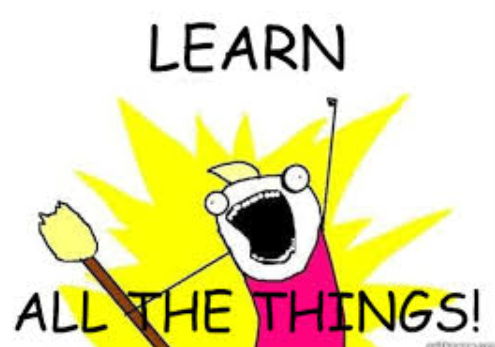Join Logging Data Sets
This has been a busy, busy week. I’ve never posted an article a day before. I kicked off the week with my first post on Spotfire logging. I explained how to set up and configure logging, as well as install logging information links and a DXP with logging data. My second post explained how to interpret the data in the ACTIONLOG information link. The third post explained log categories and actions so that in the fourth post you could understand how to use all the other logging views. This is the final post of the week, which wraps everything up. It will explain how to join logging data sets to get exactly the logging data you need. Read on to find out more.
Read More »Join Logging Data Sets



